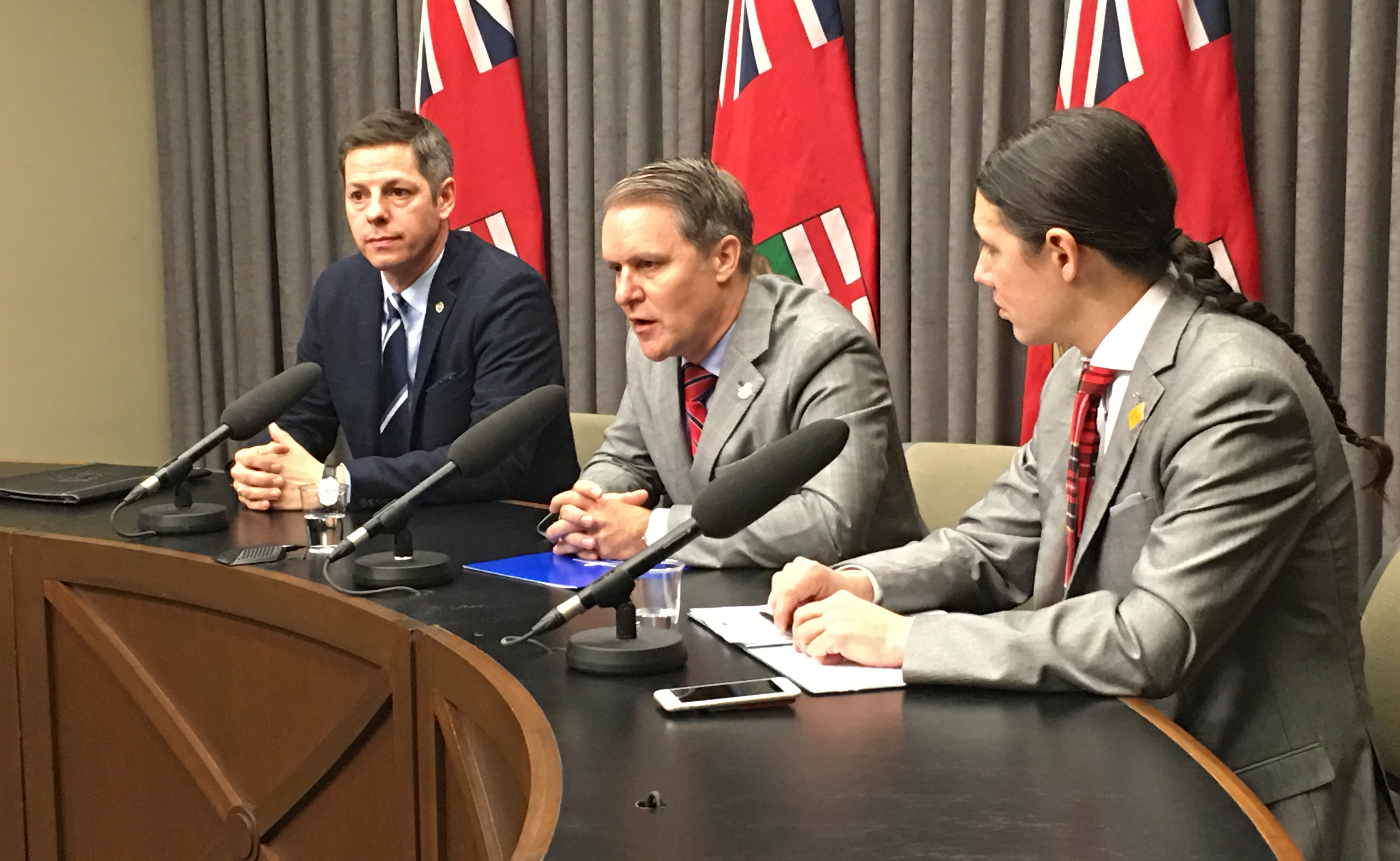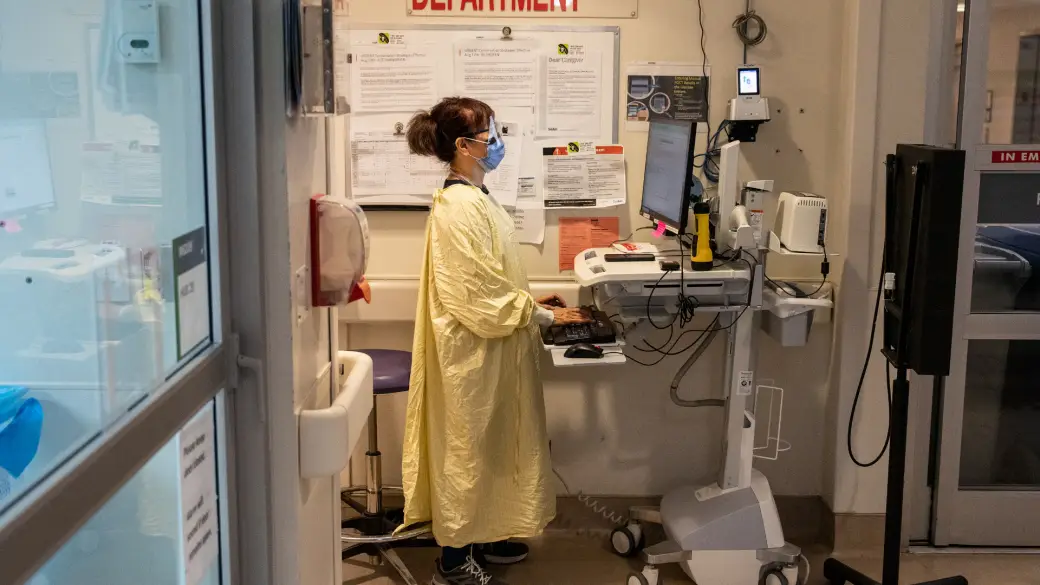The crisis in rural Canada has reached alarming levels as emergency rooms shutter for a staggering 1.14 million hours since 2019, leaving communities vulnerable and patients at risk. This alarming trend underscores the urgent need for systemic reform in our healthcare system, particularly in rural areas where access to emergency care is dwindling.
Emergency Room Closures Are a National Crisis
According to The Globe and Mail, temporary closures of emergency departments have surged across Canada, particularly in rural regions. In Manitoba, 70 percent of emergency rooms have faced closures, while Nova Scotia and Saskatchewan follow closely behind with 66 and 57 percent, respectively. This puts into stark relief the notion that our healthcare infrastructure is failing the very people it is meant to serve.
Staffing Shortages Exacerbate Health Inequities
The underlying issue driving these closures is a severe shortage of healthcare workers. The pandemic has exacerbated existing staffing crises, leading to burnout and early retirements. In 2023, only 7 percent of physicians were practicing in rural areas despite nearly 18 percent of Canadians living outside urban centers, as reported by Canadian Institute for Health Information. This trend is not merely statistical; it translates into real lives lost, as evidenced by the tragic death of Charles Marsh, a 78-year-old who succumbed to an asthma attack when his local emergency room was closed.
\n\n
Province of Manitoba | News Releases
Community Responses Are Not Enough
While some communities have rallied to protest closures or even petition the courts to keep their emergency services open, these grassroots efforts are a band-aid solution to a systemic problem. For example, in Rivière-Rouge, Quebec, local residents successfully campaigned to suspend a scheduled closure of their ER. However, as the situation in Bonavista illustrates, temporary fixes are insufficient when the underlying issues of recruitment and retention remain unaddressed.
Government Inaction Reflects Broader Neglect
Provincial governments continue to rely on temporary staffing solutions, such as hiring locum doctors at exorbitant rates, instead of investing in long-term strategies for sustainable healthcare. Reports indicate that some rural hospitals in British Columbia are offering locums more than $3,000 for an eight-hour shift, a stark contrast to the average pay for local physicians. This reliance on financial incentives highlights a troubling trend where profit-driven motives overshadow the fundamental need for accessible healthcare.
\n\n
Union calls Halifax hospital emergency department "revolving ...
The Future of Rural Healthcare Is at Stake
The ongoing crisis in rural emergency departments demands immediate action from both provincial and federal governments. As the Canadian Medical Association has urged, there needs to be a formal mechanism for tracking these closures and establishing accountability. Without a comprehensive strategy to address the staffing shortages and improve working conditions for healthcare professionals, rural Canadians will continue to face a grim reality: emergency medical care may not be available when they need it most.






![[Video] More videos of ANTIFA activities emerge in Giessen](/_next/image?url=%2Fapi%2Fimage%2Fthumbnails%2Fthumbnail-1764454862523-wtbpg5-thumbnail.jpg&w=3840&q=75)

![[Video] ANTIFA clashes with police as AfD launches new youth wing in Giessen](/_next/image?url=%2Fapi%2Fimage%2Fthumbnails%2Fthumbnail-1764454254349-m79yw-thumbnail.jpg&w=3840&q=75)